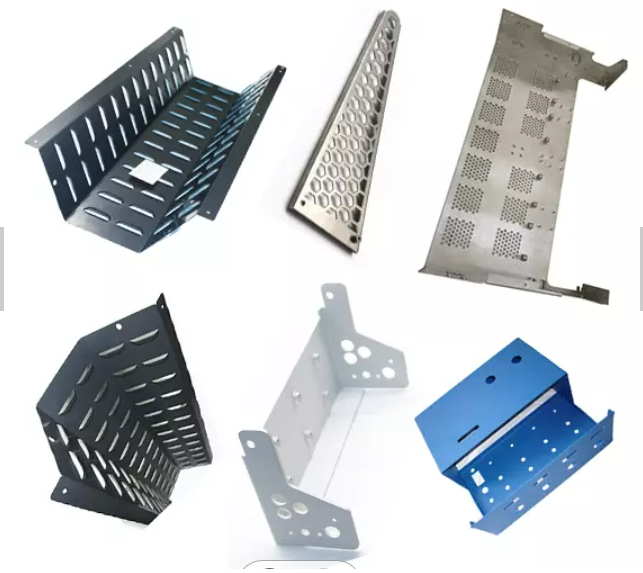Sheet metal parts are commonly referred to as metal sheet parts. Sheet metal refers to a metal plate whose thickness is much smaller than its length. Due to its special geometric shape and small thickness, it has the advantages of small processing amount, light weight, easy cutting, and standardized shape. It can be used to manufacture large and complex parts, and has high production efficiency and low production cost. It is widely used applied in various fields.
Sheet metal process characteristics and importance
Sheet metal process can be divided into stamping process, bending process, welding process, these three processes have their own characteristics. The traditional machining process uses tool processing, while the stamping and bending processes use stamping dies and bending dies respectively, and the welding process uses welding equipment and positioning tooling for welding processing.
Misunderstandings and Optimization of Structural Design of Sheet Metal Parts
The structural design of sheet metal parts should mainly consider the requirements and characteristics of sheet metal processing technology. In addition, attention should also be paid to the batch size, processing cost and production efficiency of sheet metal parts processing. Because designers have been engaged in the design of mechanical processing structures for a long time, there are often some misunderstandings in the structural design of sheet metal parts.
Strength design
Avoid adding ribs to the design of the flat plate
Add bending, flanging or reverse bending and flattening
Add triangular ribs at bends
Bend edge design
When designing the bending edge, the limitation of the distance between the bending edge and the bending edge should also be considered. When the bent edge is too close to the remaining bent edges, interference between the bent edge and the bending tool will occur.
Optimized design
For sheet metal parts processed by welding, welding and grinding are very troublesome, the processing efficiency is relatively low, and the appearance quality cannot be guaranteed. Therefore, the welding surface can be reduced by optimizing the design, making the part more beautiful and improving the surface quality without reducing the design strength.
The comparison of parts before and after optimization is shown in Figure 1. The part diagram on the upper left is tailor-welded from three plate-shaped parts. The part picture on the upper right is formed by bending a thin plate, and the processed parts can also meet the needs of the product, but the design of the latter sheet metal part is quite ingenious, and the surface quality is high. It is also more beautiful.
Another example is the guide pin bracket commonly used in a cabinet, as shown in the lower left part diagram of Figure 1, which is conventionally cut and processed from a whole piece of aluminum plate; and the optimized design is directly through the folding of the sheet metal part, as shown in the lower right part diagram of Figure 1 Bending forming can also meet the needs of products, reduce the amount of processing, shorten the processing cycle, and greatly reduce the processing cost.
Design of Right Angle in Square Hole
Because machining uses a cutting milling cutter with a cylindrical shape, machining parts are often designed with rounded corners. For the sheet metal parts processed by stamping, the forming die is used. The square L die is a rectangular or square die. It is formed by one stamping, and the rear hole after processing is at right angles. The holes are designed at right angles inside. When the design requires a long round hole, directly select the long round hole punching die, and the shape after adding T is the long round hole of the die size specification.
According to the performance requirements of the product, the existing mold size of the processing plant should be known during the design, and the processing should be carried out according to the existing mold of the sheet metal processing technology, so as to reduce the processing cost and avoid temporarily customizing the tool to prolong the processing cycle.

